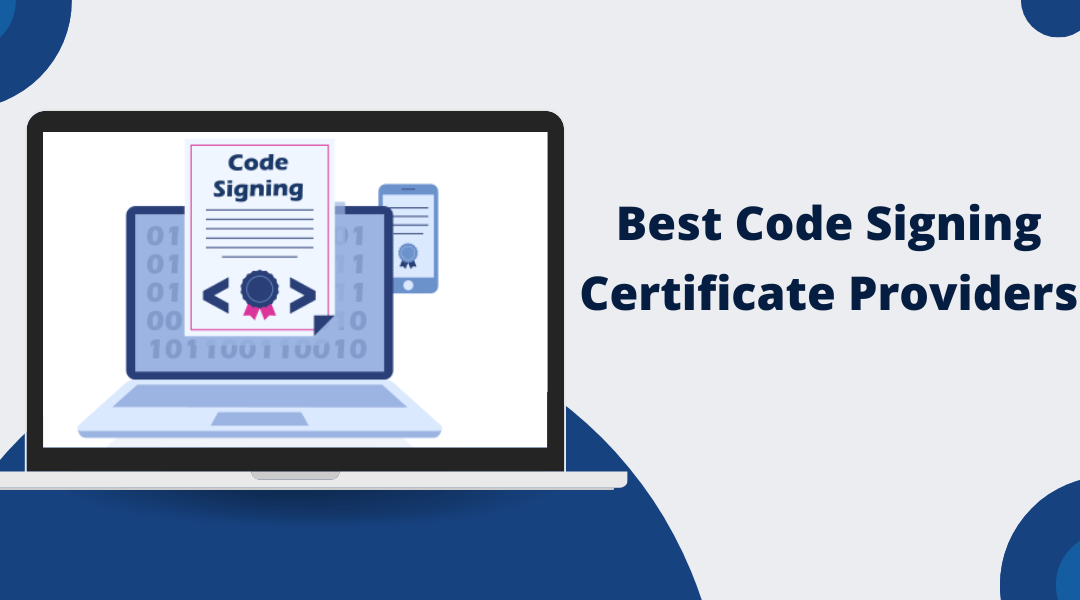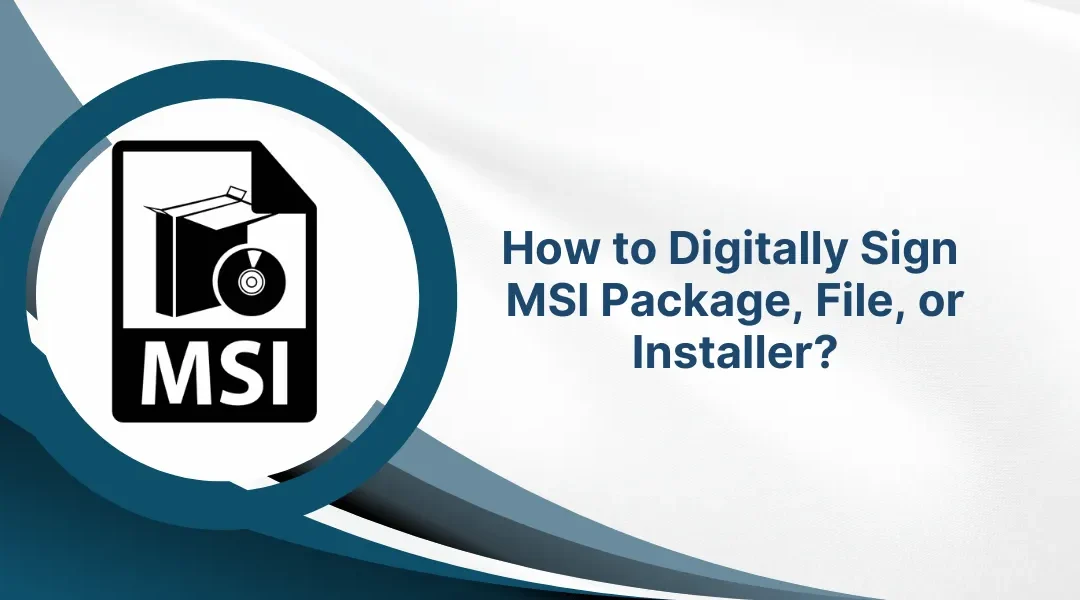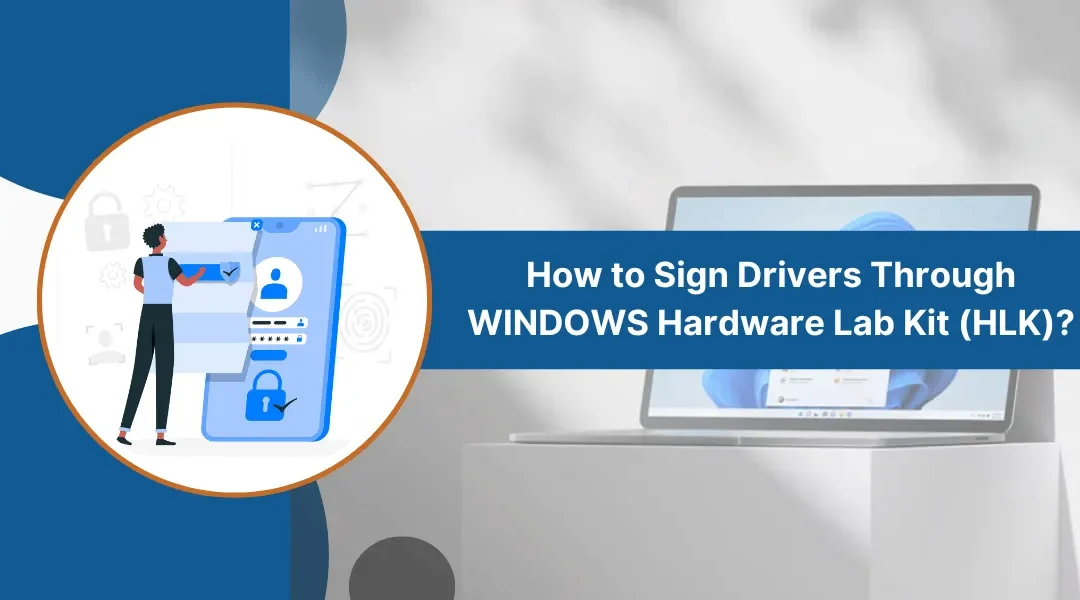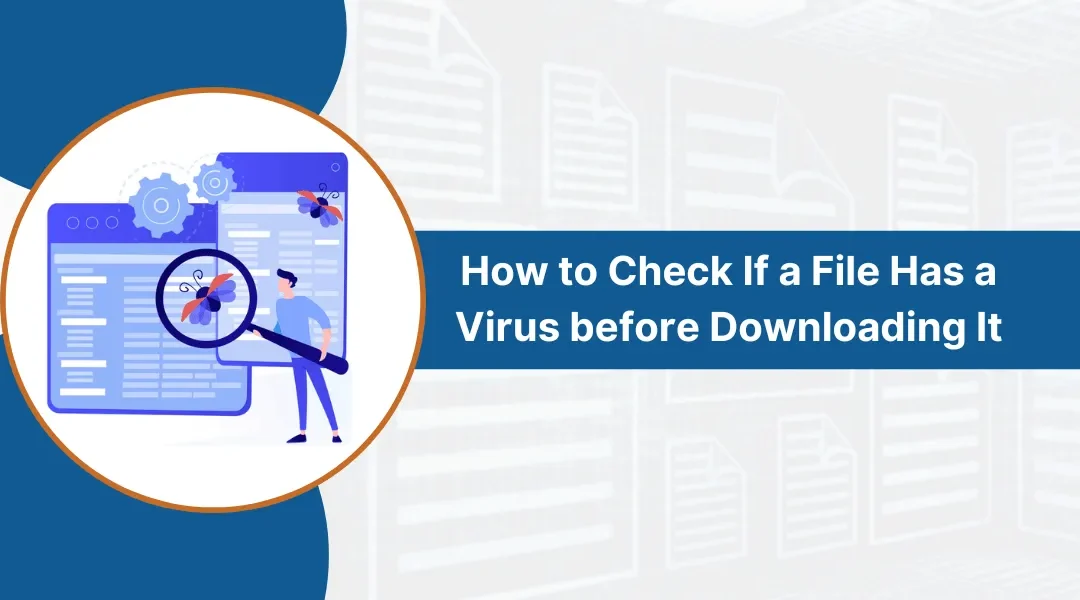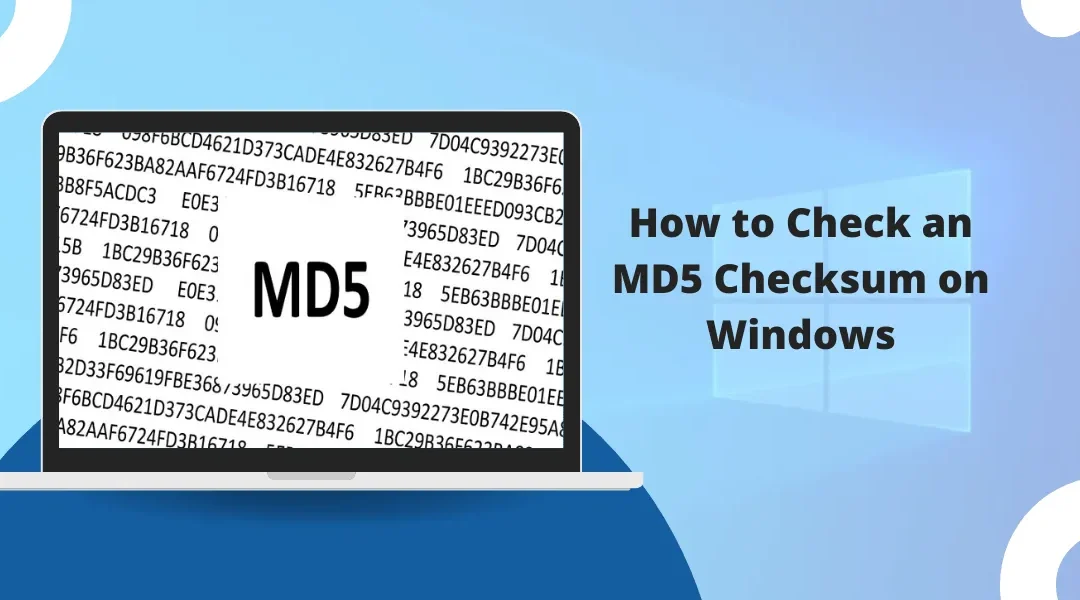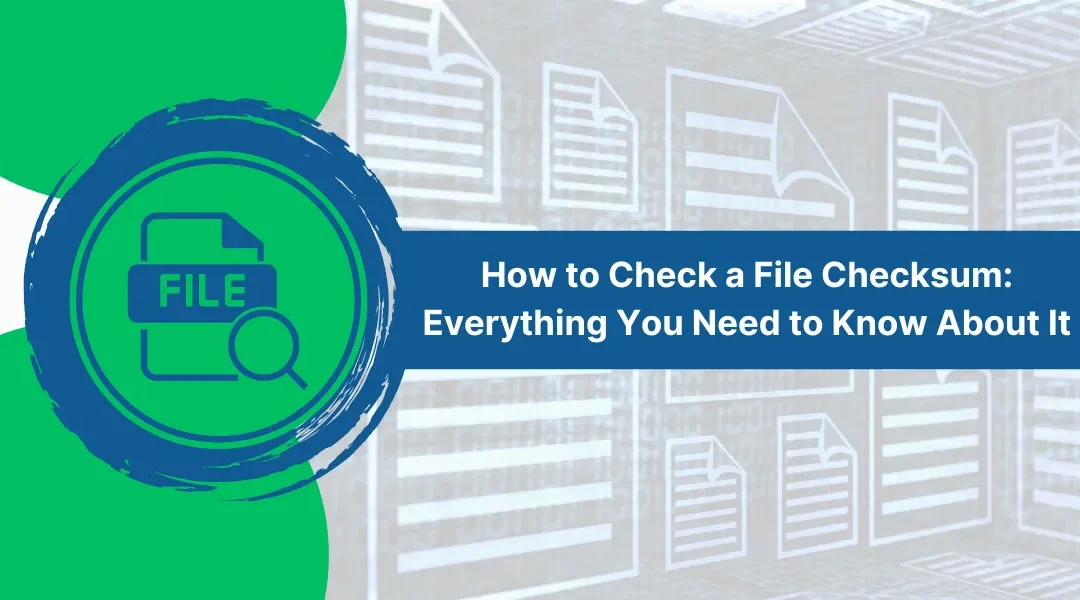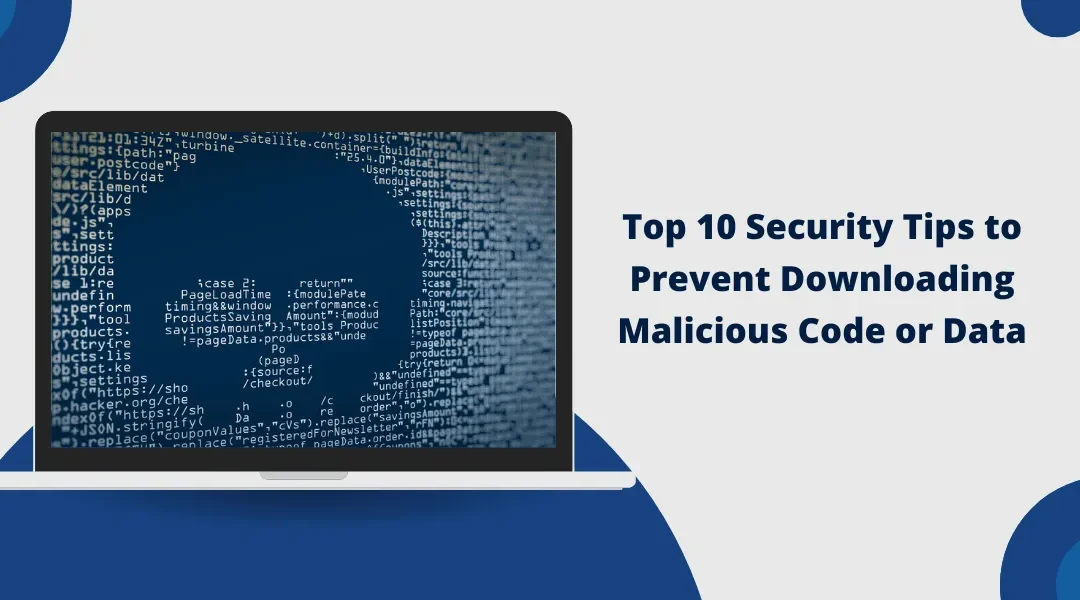Introduction to Google Cloud HSM Google Cloud HSM (Hardware Security Module) is a cloud-based hardware security module (HSM) service that allows customers to host encryption keys and perform cryptographic operations in FIPS 140-2 Level 3 certified HSMs. HSMs are...

